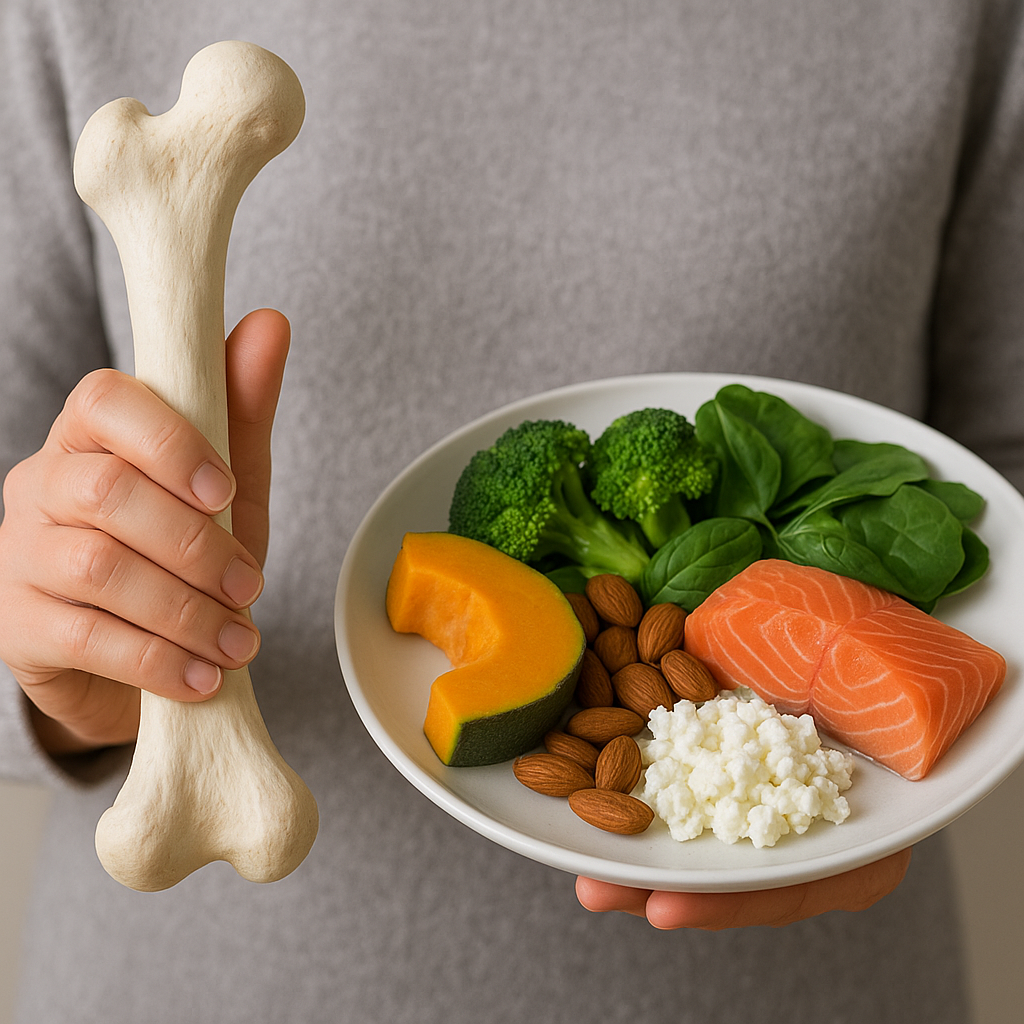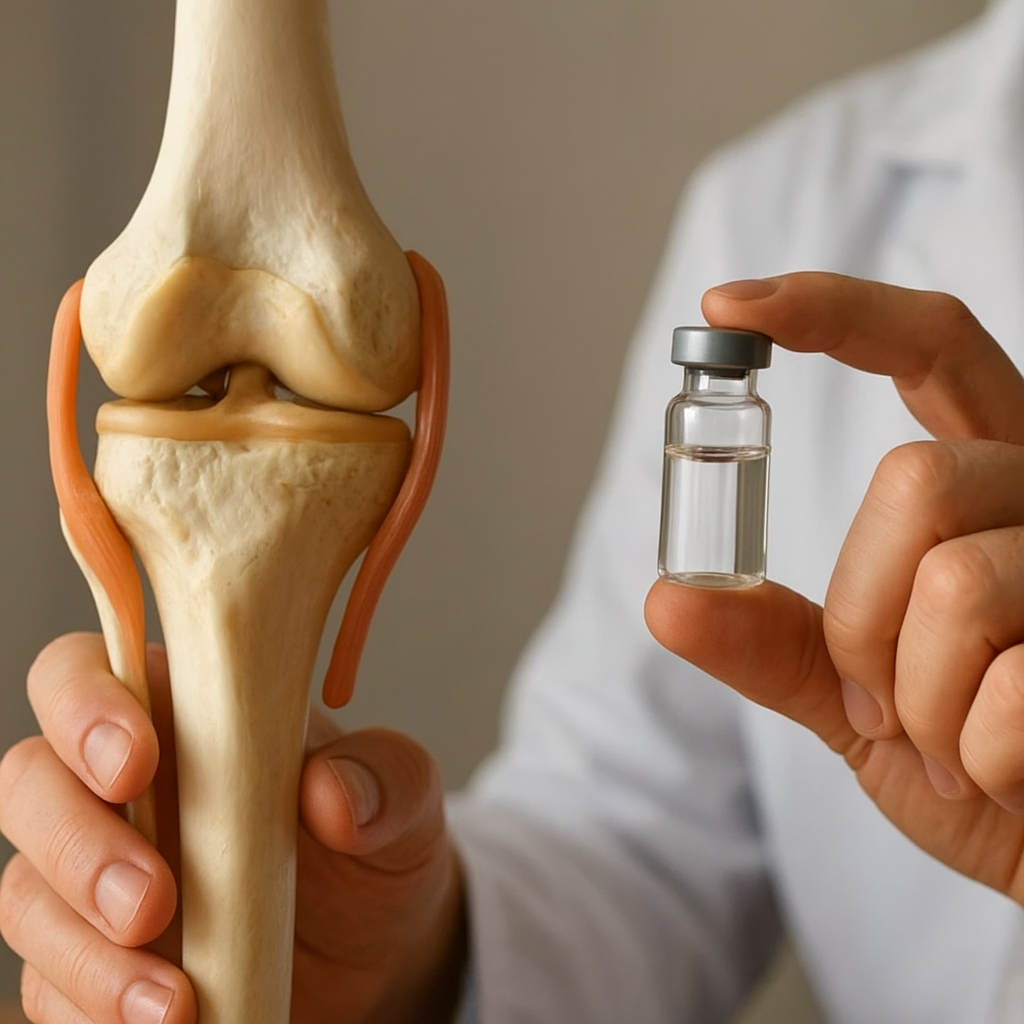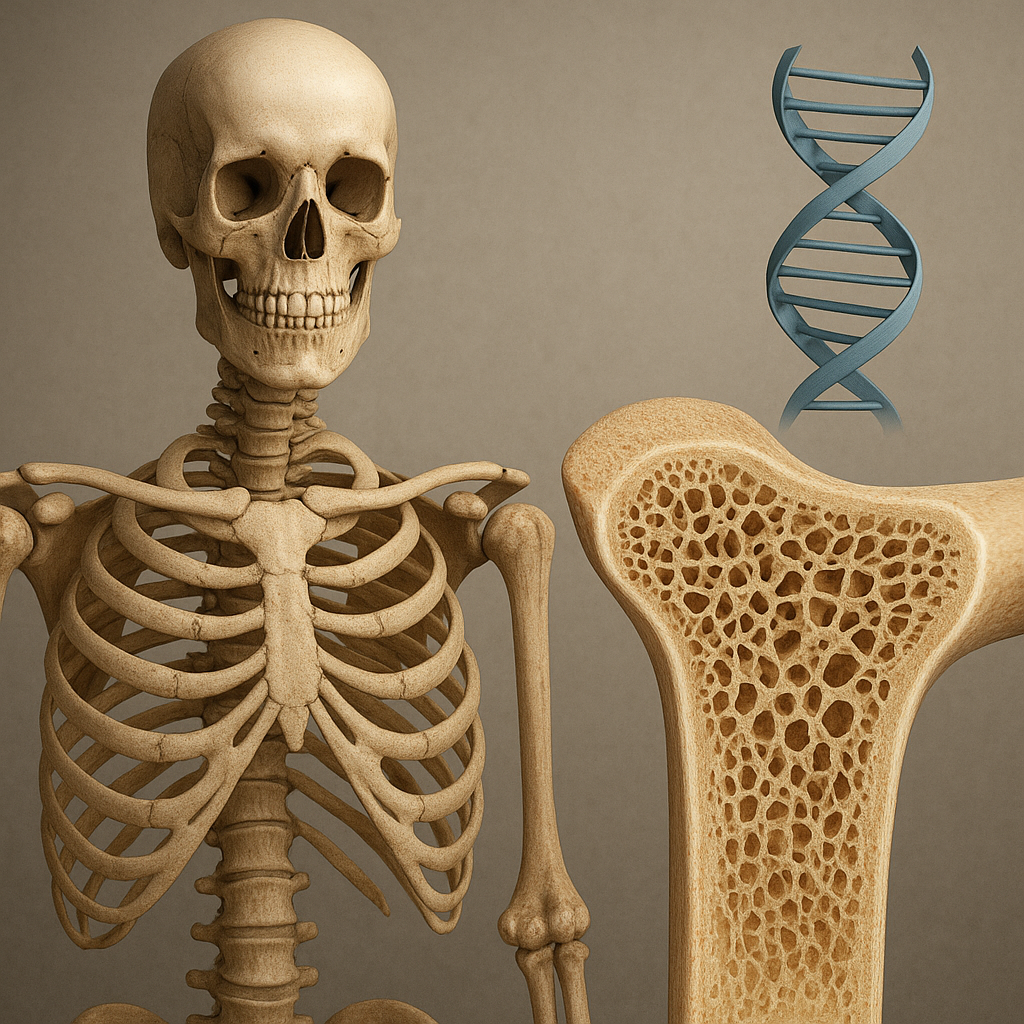The role of bones in forensic science is a critical aspect of understanding human remains and determining the circumstances surrounding death. Forensic anthropology, a sub-discipline of forensic science, focuses on the analysis of skeletal remains to provide valuable information in criminal investigations. This article explores the significance of bones in forensic science, detailing their functions in identifying individuals, determining the cause of death, and aiding in legal proceedings.
Understanding Forensic Anthropology
Forensic anthropology is the application of the science of physical anthropology and human osteology in a legal context. It involves the examination of human skeletal remains to establish the identity of deceased individuals, assess the time since death, and provide insights into the circumstances of death. Forensic anthropologists work closely with law enforcement agencies, medical examiners, and other forensic specialists to analyze bones and contribute to criminal investigations.
The Importance of Bones in Identification
One of the primary roles of bones in forensic science is identification. Skeletal remains can provide crucial information about an individual’s age, sex, ancestry, and stature. Forensic anthropologists utilize various techniques to analyze these characteristics:
- Age Estimation: The age of an individual can be estimated by examining the development and degeneration of bones. For example, the fusion of epiphyses in long bones can indicate age in children and adolescents, while the condition of dental remains can provide insights into age in adults.
- Sex Determination: Certain skeletal features differ between males and females. The pelvis is particularly informative, as it exhibits distinct characteristics related to childbirth in females. Other bones, such as the skull, also show sexual dimorphism, allowing forensic anthropologists to make educated guesses about an individual’s sex.
- Ancestry Assessment: The shape and structure of certain bones can provide clues about an individual’s ancestral background. Forensic anthropologists analyze cranial features and other skeletal traits to infer possible ancestry, which can be vital in identifying missing persons.
- Stature Estimation: The length of long bones, particularly the femur, can be used to estimate an individual’s height. This information can help narrow down the identity of skeletal remains.
Determining Time Since Death
Another significant role of bones in forensic science is determining the time since death, also known as the post-mortem interval (PMI). Various factors influence the decomposition of bones, including environmental conditions, the presence of insects, and the condition of the body at the time of death. Forensic anthropologists assess these factors to estimate how long the remains have been exposed.
Bone decomposition follows a predictable pattern, and forensic anthropologists can use this knowledge to provide estimates of PMI. For example, the presence of certain insect species, such as blowflies, can indicate the stage of decomposition and help establish a timeline. Additionally, the condition of the bones, including signs of weathering or damage, can provide further clues about the time since death.
Legal Implications and Case Studies
The analysis of bones in forensic science has significant legal implications. Forensic anthropologists often serve as expert witnesses in court, providing testimony based on their findings. Their expertise can be crucial in cases involving homicide, mass disasters, and human rights violations.
Case Studies in Forensic Anthropology
Several high-profile cases have highlighted the importance of forensic anthropology in solving crimes. One notable example is the identification of victims from mass graves in conflict zones. Forensic anthropologists have played a vital role in exhuming remains, analyzing bones, and providing evidence for war crimes tribunals.
In another case, the remains of a missing person were discovered in a remote area. Forensic anthropologists were able to determine the individual’s identity through skeletal analysis, revealing critical information about the circumstances of their death. This case underscores the importance of bones in providing closure to families and justice in legal proceedings.
Challenges in Forensic Anthropology
Despite the advancements in forensic anthropology, challenges remain. The condition of skeletal remains can vary significantly, making analysis difficult. Environmental factors, such as soil acidity and temperature, can accelerate decomposition and affect the preservation of bones. Additionally, the presence of multiple individuals’ remains can complicate identification efforts.
Forensic anthropologists must also navigate ethical considerations when working with human remains. Respect for the deceased and their families is paramount, and anthropologists must adhere to strict ethical guidelines in their work. This includes obtaining proper permissions for analysis and ensuring that remains are treated with dignity.
Future Directions in Forensic Anthropology
The field of forensic anthropology continues to evolve, with advancements in technology and research enhancing the analysis of bones. Techniques such as DNA analysis, 3D imaging, and isotopic analysis are becoming increasingly integrated into forensic investigations.
Technological Advancements
DNA analysis has revolutionized forensic science, allowing for the identification of individuals based on genetic material found in bones. This technology can be particularly useful in cases where traditional methods of identification are challenging. Additionally, 3D imaging techniques enable forensic anthropologists to create detailed models of skeletal remains, facilitating analysis and comparison.
Interdisciplinary Collaboration
The future of forensic anthropology also lies in interdisciplinary collaboration. Forensic anthropologists often work alongside other specialists, such as forensic pathologists, entomologists, and archaeologists, to provide a comprehensive understanding of the circumstances surrounding death. This collaborative approach enhances the accuracy of findings and strengthens the overall investigation.
Conclusion
The role of bones in forensic science is multifaceted and essential for understanding human remains in a legal context. Forensic anthropology provides valuable insights into identification, time since death, and the circumstances surrounding death. As technology advances and interdisciplinary collaboration increases, the field of forensic anthropology will continue to play a crucial role in solving crimes and delivering justice.













